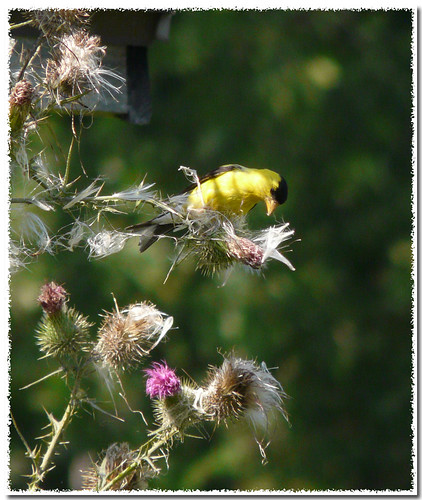
The early fall had very low nectar flows, probably due to all the rain. We were disappointed as we have a couple of acres of golden rod, which vary though in nectar production depending on the species. So, not only did we not have the opportunity to collect honey but the bees barely have made enough for themselves. They need about 35-60 lbs of honey stored to survive a PA winter, depending on who you ask. We have been feeding them a heavy syrup for a few weeks now. Our stronger hive all year has actually declined a bit and has not produced enough honey still, maybe about 15 lbs. We continue to feed them using now ½ gallon plastic buckets rather than the glass jars with metal tops that are difficult to clean and rust. We hope they will build up their stores in time or we will simply have to feed them all winter. We noticed at our last visit that wasps were feeding on the side of the hive and trying to gain entrance. Our second hive is finally well organized and strong and has produced at least 45 lbs or so of honey based on the non scientific method of just picking up the hive body for weight. We attached mouse guards on the hives a month ago but we noticed a mouse living underneath, who scurried out as we were feeding. Using 12 bales of hay, we built some walls behind and around the hives to protect them from the impending winter winds and to help reflect the warmth of the sun to the hives. November has been luckily a mild month and hopefully the bees will continue to build up their supplies using the food we provide.



























